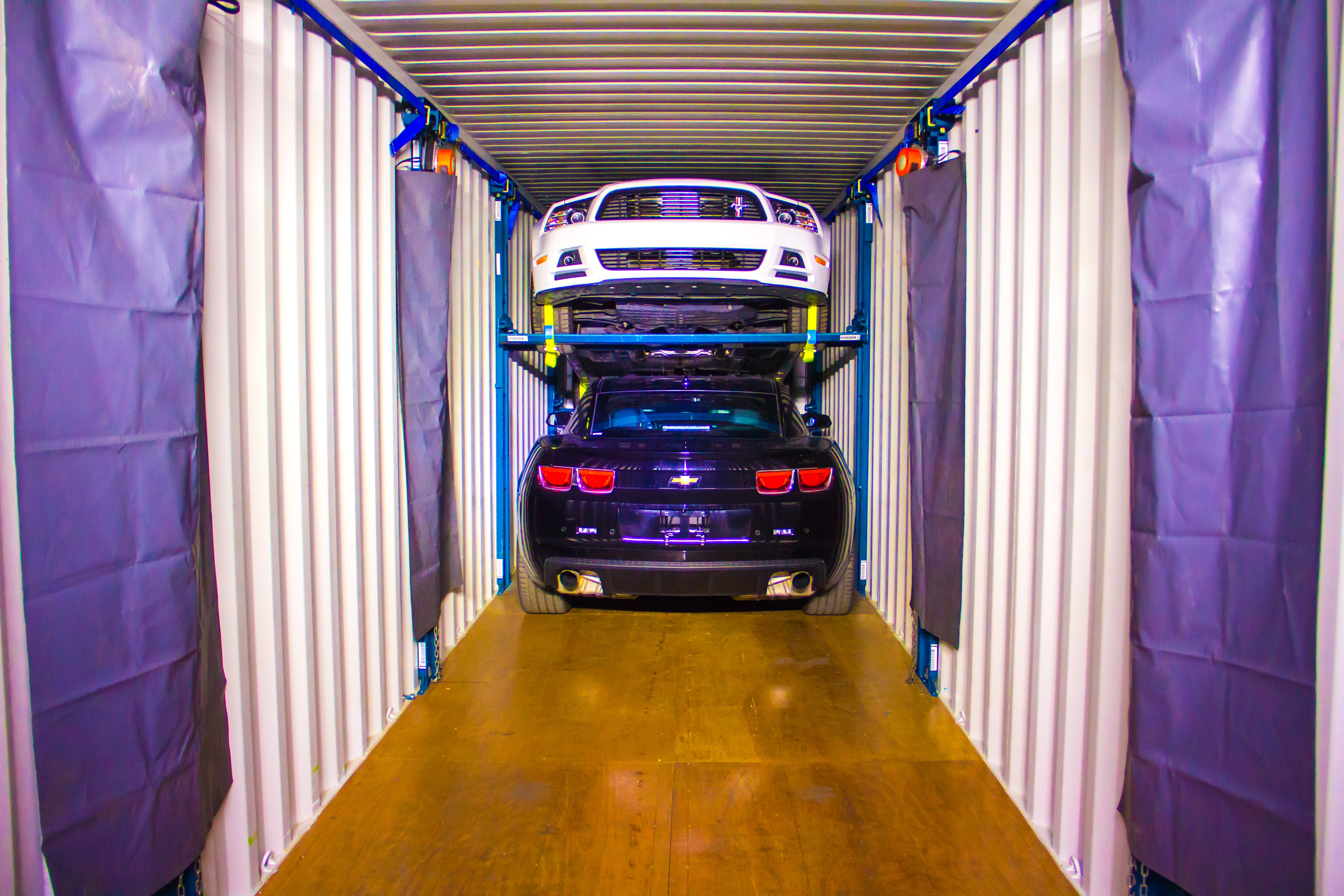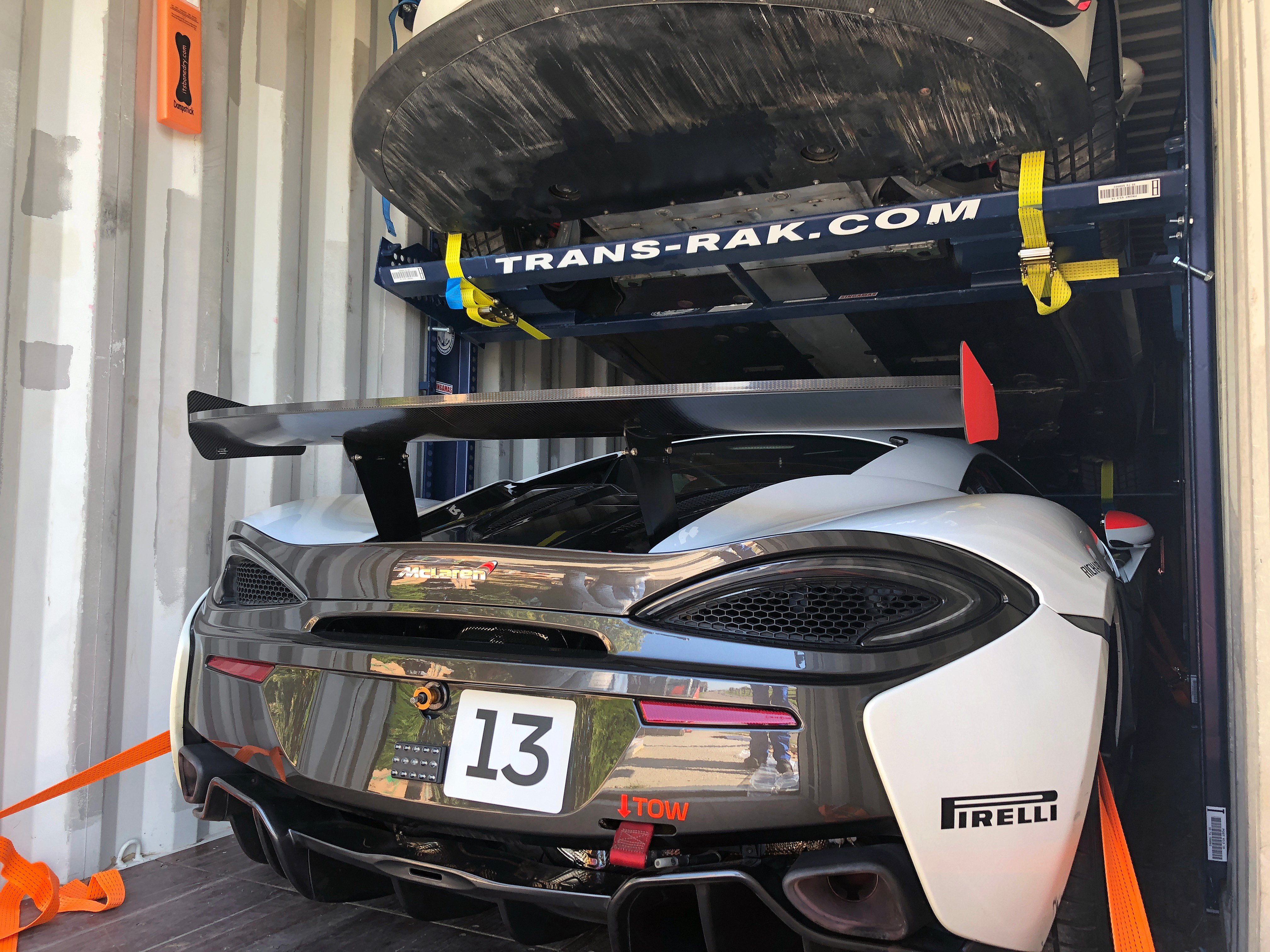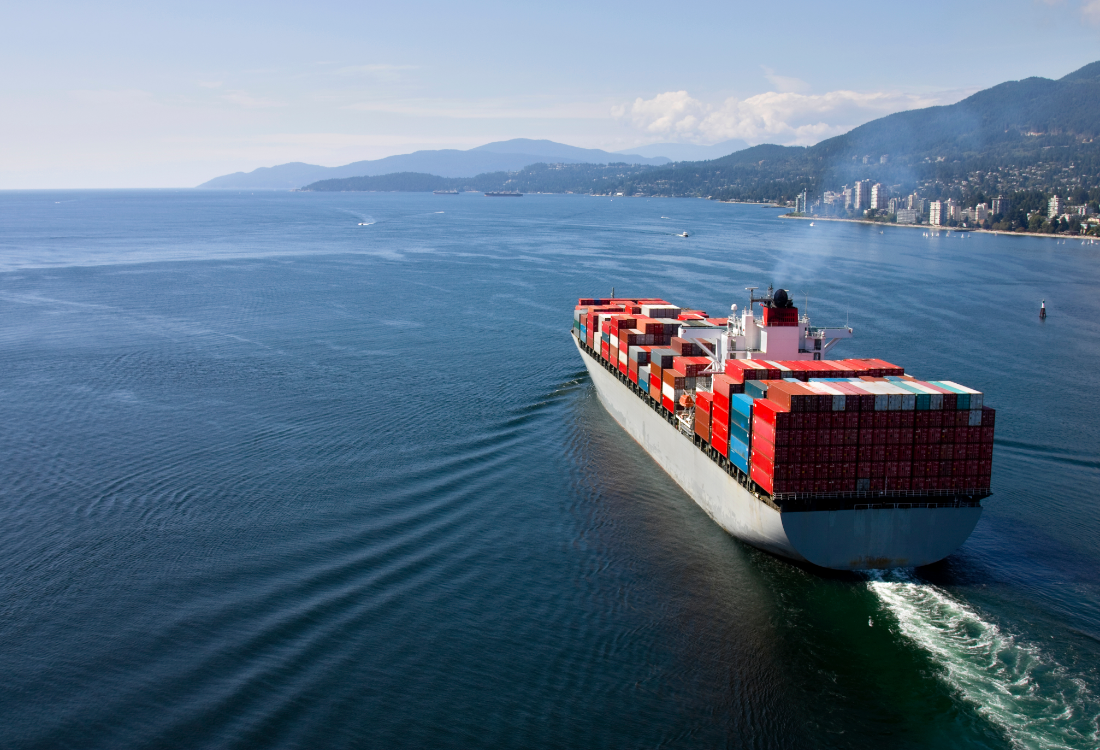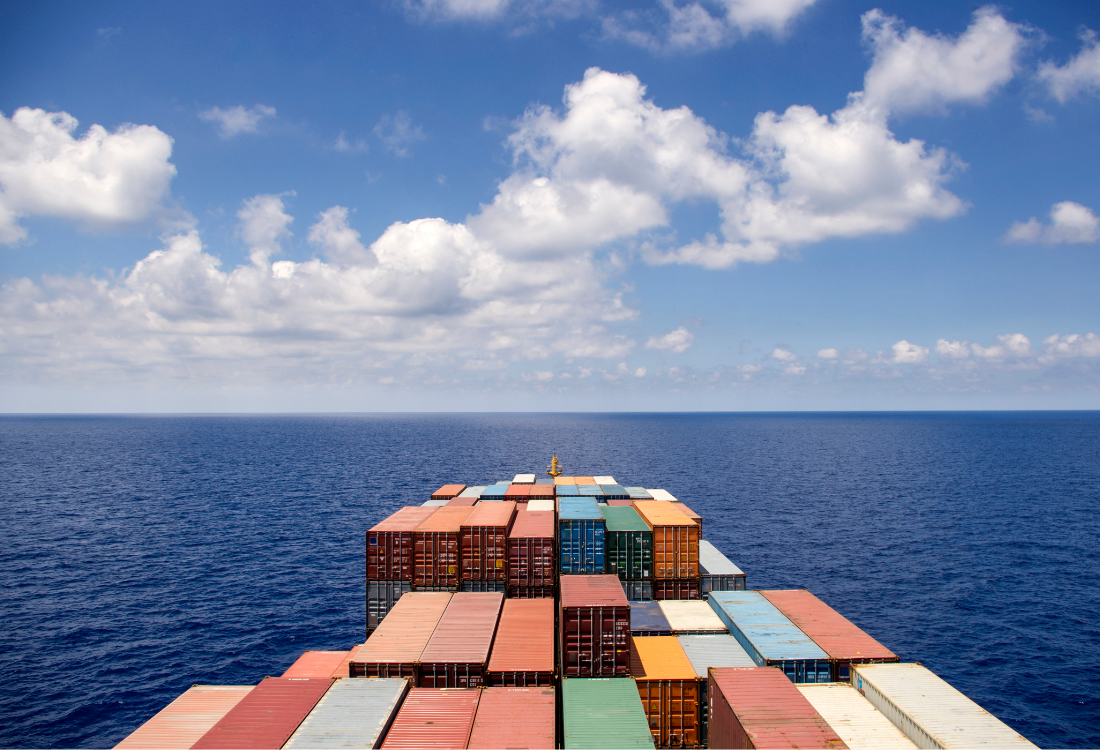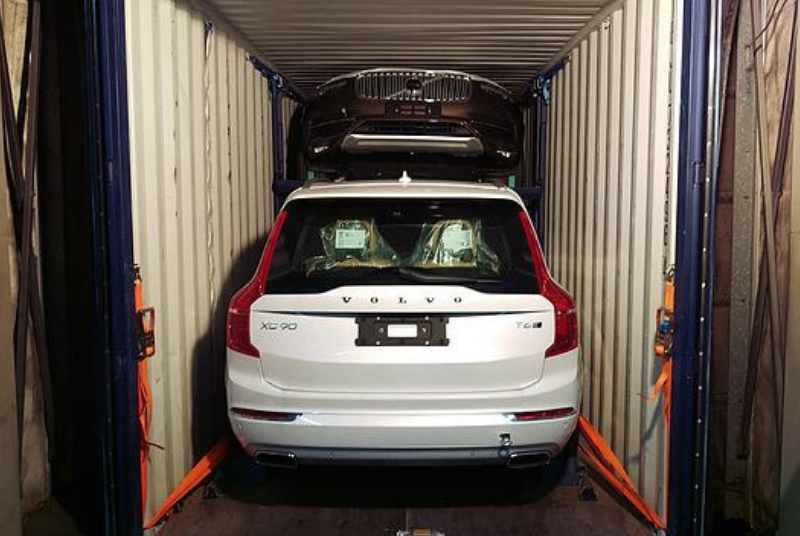
When it comes to shipping luxury goods such as cars, it pays to get it right. Gone are the days when the only options were antiquated RoRo ferries. Today, suppliers can make use of streamlined and efficient containerised methods. Here, we take a look at the various options, and how they can be optimised.
What Is A ‘Cheap’ Shipping Method?
This question is not as straightforward to answer as it once was. Traditionally, roll-on-roll-off (RoRo) ferries were the go-to option for cost-effective vehicle transportation. However, metal racking systems such as the R-RAK have revolutionised the way that cars can be shipped. With their 7 to 10-year lifespan, racks represent a long-term investment that opens up the full array of global shipping lanes and all of the financial incentives that they boast. As such, ‘cheap’ shipping usually refers to old RoRo routes and containers that use flimsy wooden racks.
1. The Risk Of Theft
Theft has always been a major problem in RoRo shipping. Vehicles are stored in vast carparks, often for weeks at a time. Thefts also occur on the ships themselves. The complete anonymity and tight security of a container eliminates this risk: once the vehicle is safely locked inside, it remains protected for the duration of the journey.
2. The Risk Of Damage
If a vehicle breaks free of its restraints on a RoRo ferry, it turns into a 1.5 tonne pinball. The damage can be catastrophic, and in the worst cases, entire consignments of cars have been lost.
However, the problems caused by cheap wooden racking systems can be even worse. Metal racking systems are stronger, more secure, and are geometrically advanced so that adverse forces are either absorbed or deflected. This results in a safe, secure voyage.
3. Delays
It depends upon the route that you are using, but RoRo ferry journeys can be defined by the word ‘interminable’. With only a handful of exceptions, modern shipping lanes and ports are designed for container transport. Container ships have a shallow hull, which means that they can make the journey from Asia to Europe in a single push.
The RoRo equivalent may require up to six changes. As ships do not set sail until they have a full cargo roster, this tends to result in multiple cumulative delays, leading to unpredictability for supplier and client. This problem is becoming more pronounced as RoRo shipping is left behind in the great global shift towards the new containerised Silk Road. All of the new ports currently being built in Africa, India, and Russia have only one type of vessel in mind, and it is not a ferry!
Find Out More
To learn more about the most cost-effective way to transport vehicles overseas, please When it comes to shipping luxury goods such as cars, it pays to get it right. Gone are the days when the only options were antiquated RoRo ferries. Today, suppliers can make use of streamlined and efficient containerised methods. Here, we take a look at the various options, and how they can be optimised.
What Is A ‘Cheap’ Shipping Method?
This question is not as straightforward to answer as it once was. Traditionally, roll-on-roll-off (RoRo) ferries were the go-to option for cost-effective vehicle transportation. However, metal racking systems such as the R-RAK have revolutionised the way that cars can be shipped. With their 7 to 10-year lifespan, racks represent a long-term investment that opens up the full array of global shipping lanes and all of the financial incentives that they boast. As such, ‘cheap’ shipping usually refers to old RoRo routes and containers that use flimsy wooden racks.

1. The Risk Of Theft
Theft has always been a major problem in RoRo shipping. Vehicles are stored in vast carparks, often for weeks at a time. Thefts also occur on the ships themselves. The complete anonymity and tight security of a container eliminates this risk: once the vehicle is safely locked inside, it remains protected for the duration of the journey.
2. The Risk Of Damage
If a vehicle breaks free of its restraints on a RoRo ferry, it turns into a 1.5 tonne pinball. The damage can be catastrophic, and in the worst cases, entire consignments of cars have been lost.
However, the problems caused by cheap wooden racking systems can be even worse. Metal racking systems are stronger, more secure, and are geometrically advanced so that adverse forces are either absorbed or deflected. This results in a safe, secure voyage.
3. Delays
It depends upon the route that you are using, but RoRo ferry journeys can be defined by the word ‘interminable’. With only a handful of exceptions, modern shipping lanes and ports are designed for container transport. Container ships have a shallow hull, which means that they can make the journey from Asia to Europe in a single push.
The RoRo equivalent may require up to six changes. As ships do not set sail until they have a full cargo roster, this tends to result in multiple cumulative delays, leading to unpredictability for supplier and client. This problem is becoming more pronounced as RoRo shipping is left behind in the great global shift towards the new containerised Silk Road. All of the new ports currently being built in Africa, India, and Russia have only one type of vessel in mind, and it is not a ferry!
Find Out More
To learn more about the most cost-effective way to transport vehicles overseas, please click here to claim a free copy of our Containerised Car Transport Guide.



